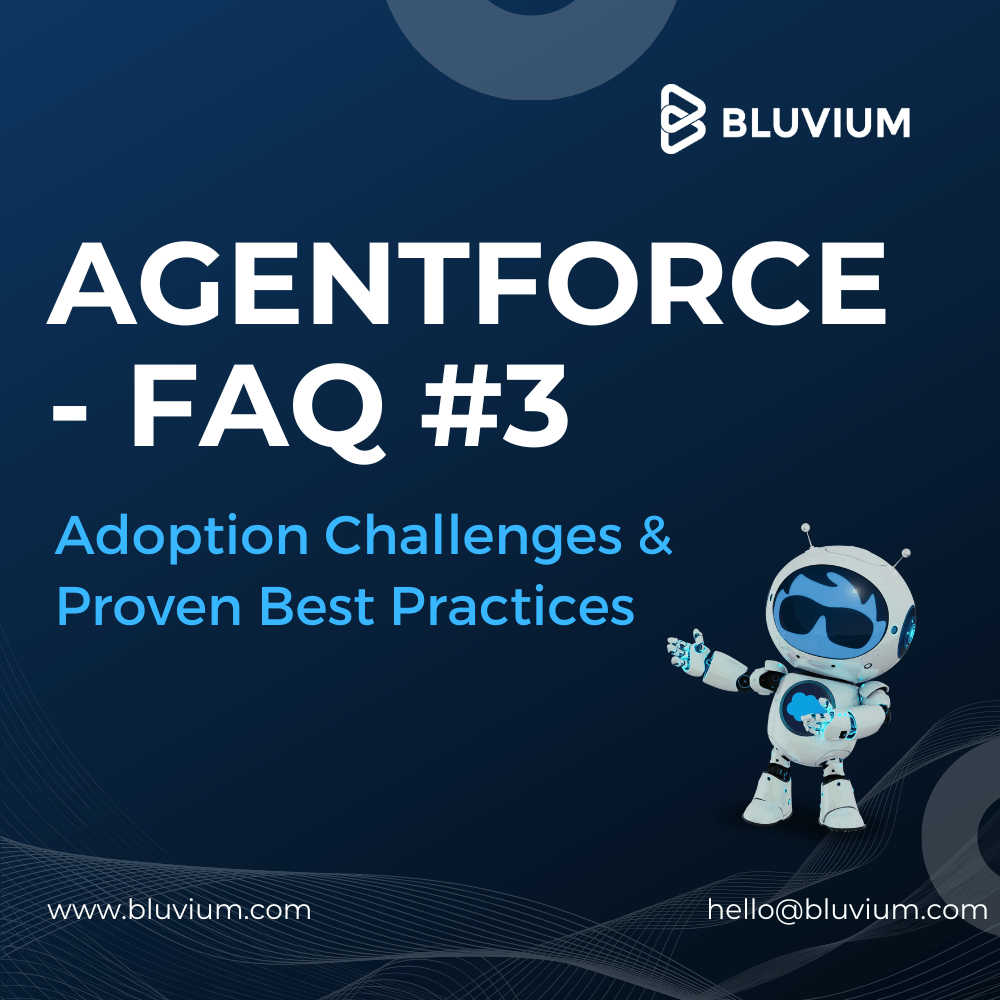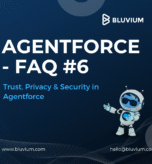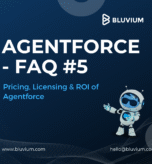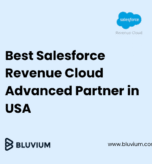
Agentforce FAQ Series Continues: Adoption Challenges & Proven Best Practices
As we continue our Agentforce FAQ blog series, one of the most frequent questions we hear from Salesforce customers, partners, and developers is: “What pitfalls should we avoid when deploying Agentforce, and what proven methods ensure success?”While Agentforce 3 and the recent releases (Summer ’25 and Winter ’26) have made implementation easier than ever, enterprises still encounter hurdles that can delay ROI or reduce performance if not addressed early.
A successful rollout starts with understanding the most common Agentforce adoption challenges:
- Unclear business objectives or KPIs – Deployments can stall when teams don’t define specific goals like response-time improvements, escalation reduction, or revenue impact.
- Data readiness gaps – AI agents perform poorly if underlying CRM or knowledge-base data is incomplete, inconsistent, or siloed.
- Integration complexity – Connecting Agentforce to legacy systems or third-party platforms without MCP or low-code strategies can increase costs and timelines.
- Change management resistance – Teams may resist adopting AI tools if training and communication are insufficient.
- Underestimating governance and compliance needs – Without a clear policy framework, enterprises risk data exposure or non-compliance with regulations.
- Insufficient post-go-live optimization – AI agents need continuous tuning and monitoring to perform at their best over time.
- Based on successful enterprise deployments, here are proven Agentforce best practices and implementation tips:
- Align stakeholders early – Involve leadership, IT, operations, and end-users to ensure buy-in and a clear roadmap.
- Prioritize data quality – Audit and clean CRM, knowledge-base, and product data before rollout to maximize agent accuracy.
- Leverage MCP and low-code tools – Use Model Context Protocol and pre-built connectors to simplify integrations with ERPs, data lakes, and collaboration platforms.
- Start small, then scale – Pilot with a limited use case or department to validate ROI before expanding enterprise-wide.
- Invest in user training – Provide clear, role-specific training and emphasize how Agentforce supports—not replaces—employees.
- Establish governance frameworks – Define rules, access levels, and compliance policies upfront; use Command Center analytics to monitor adherence.
- Continuously optimize – Use metrics like response accuracy and escalation frequency to fine-tune prompts, workflows, and agent personas.
By proactively addressing these adoption challenges and following best practices, organizations can ensure smoother deployments, faster time-to-value, and stronger long-term ROI from Salesforce Agentforce.
This post is part of Bluvium’s Agentforce FAQ series, created to guide Salesforce customers, partners, and developers through every stage of their AI agent journey. In our next FAQ, we’ll explore real-world accuracy and ROI insights—how Agentforce performs in enterprise environments.
📩 Email us at hello@bluvium.com to discuss your Agentforce implementation strategy or request a tailored workshop for your team.





